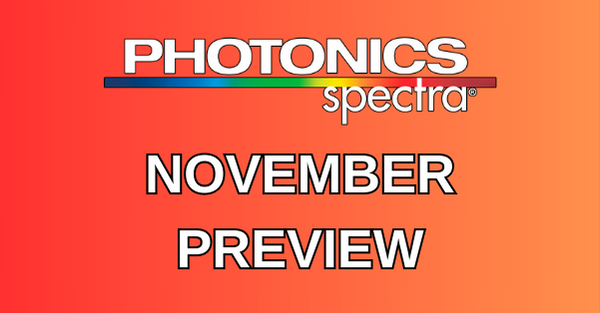
Attosecond Photonics
Attosecond photonics allows for deeper insights into material dynamics on ultra-short time-scales and with nanometer-resolution. The field could eventually lead to a considerable number of applications in ultrafast, petahertz-scale electronics, and ultrafast metrology for microscopy or nanoscopy. There is a natural symbiosis between attosecond photonics and modern electronic technology. But to enter the commercial market, high-repetition rate industrial-grade sources must first be developed.
Key Technologies: Fiber lasers, ultrafast lasers, free electron lasers, metalenses
Automotive Lighting
Automotive lighting can be defined as any technology that helps improve driver awareness of relevant road conditions, whether that be advanced pixel LED arrays, ADAS headlamps, or illumination for driver monitoring cameras. Contributing editor Hank Hogan surveys the latest challenges as well as the most recent developments in technology, regulation, and market demand.
Key Technologies: LED lighting, illuminated cameras, HUDs
Filters for Laser Absorption Spectroscopy
In 2020, when the COVID pandemic significantly reduced carbon dioxide emissions from automotive and industrialized sources, global emissions of methane still surged. As methane is around 84x more potent than carbon dioxide at trapping heat inside the Earth’s atmosphere, finding and understanding the source of these emissions is important to climate change research. Laser absorption spectroscopy instrumentation is a vital tool in the search for answers. Umicore Coating Services managing director Mark Naples unpacks the methane mystery and, in the process, highlights the important role that laser absorption spectroscopy tools and their components play.
Supercontinuum Lasers
Practical supercontinuum sources are key enablers to advanced industrial applications, such as OCT, hyperspectral imaging, and frequency-comb generation. Yet, so far, supercontinuum generation (SCG) demands bulky instrumentation to provide large amounts of laser energy, and the spectral power range of these lasers is typically quite narrow. Menlo Systems and Superlight describe a novel new approach to SCG based on so-called dispersion-patterned waveguide chips. These chips not only drastically reduce pump power requirements, they can also enhance the spectral power range of these sources by almost 3000x vs. alternative state-of-the-art SCG methods. The mass-producible waveguides can further leverage the CMOS-compatible silicon nitride processing platform to offer the future potential for fully integrated chip-based SCG solutions in the very near future.
Key Technologies: Supercontinuum lasers, waveguides, and PICs manufacturing
Laser Safety
Former LSO and laser safety expert, Ken Barat, looks at the standards that address laser protective eyewear, and the considerations that determine its proper selection and use for the application at hand.
Key Technologies: lasers, safety equipment
Download Media Planner


